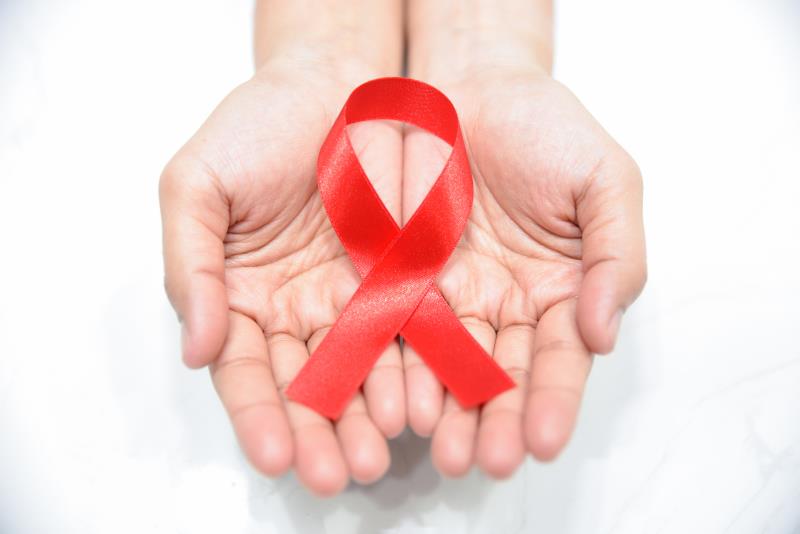
Sarcopoenia appears to occur more frequently in people living with HIV (PLHIV), reports a recent meta-analysis.
Accessing the databases of PubMed, Embase, CINAHL, and Scielo, researchers retrieved 13 studies evaluating sarcopoenia, of which only seven had control groups and three performed cohort matching. Most of the participants were men on antiretroviral therapy, with mean ages ranging from 35 to 60 years. In only five of the eligible studies was sarcopoenia in PLHIV the primary outcome of interest.
In the cumulative sample of 2,267 PLHIV participants, the resulting pooled prevalence of sarcopoenia was 24.1 percent. Prevalence remained similar across different countries of different income levels.
However, this frequency varied according to how sarcopoenia was defined. When based only on low muscle mass, the resulting rate increased to 28.8 percent. When low muscle mass was combined with muscle function, the prevalence dropped to 13.2 percent. Sarcopoenia also appeared to be more uncommon in studies of high vs moderate and low quality (18.0 percent vs 27.6 percent and 27.5 percent).
Pooled analysis of the seven studies with controls showed that the odds of sarcopoenia in PLHIV were more than double that in controls (odds ratio [OR], 2.4, 95 percent confidence interval [CI], 1.1–5.3; p=0.03). This effect was even stronger when analysing only the three studies with matched groups (OR, 6.1, 95 percent CI, 1.1–33.5; p=0.04).
The researchers also found that “PLHIV had a higher prevalence of many risk factors associated with sarcopenia in the general population, in addition to risks posed with many HIV-related factors,” they said.
“Well-powered studies are required to better understand the risks, consequences, and potential interventions for sarcopenia in PLHIV,” they added.